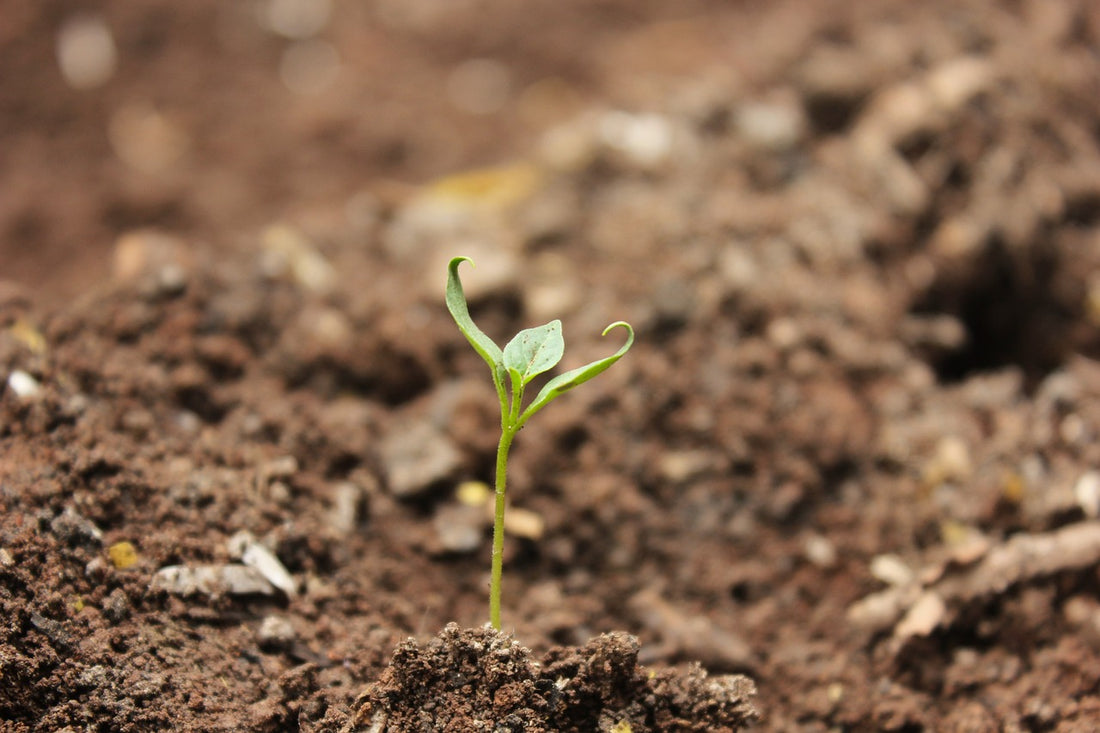Last week, we described our Flywheel Ecology approach to ecological restoration where the first step to restoration or installing a native planting is planning.
Planning involves thoughtful considerations and we will take you through these essential steps. By incorporating elements like historical maps, soil analyses, identifying invasive plants, and referencing plant communities, you can create a thriving habitat for local flora and fauna.
-
Historical Maps: Unearth the Past for a Viable Future
-
Begin by delving into the historical roots of your property. The Chicago Wilderness Hub provides 1939 aerial images of Cook, Dupage, Kane, Kendall, Lake, McHenry, and Will Counties. These maps can provide valuable insights into your original landscape. Understanding the native vegetation that once graced your land will help guide your native plant choices for the future. These maps allow you to align your site plans with the ecology of your property. Perhaps you’ll find that you’re living in an old growth woodland!
Soil Maps: The Foundation of a Flourishing Habitat
Before planting, it's crucial to assess the soil conditions of your property. Soil maps can help identify the type, drainage patterns, and nutrient levels in your soil.
Native plants are well-adapted to specific soil conditions, and tailoring your choices to match these conditions will optimize their growth. Consider conducting a soil test to gather precise information, ensuring your site thrives with minimal intervention.
-
Identifying Invasive Plants and Other Threats
-
A successful restoration requires management of invasive plants and mitigating potential threats. Consult your local forest preserve district or horticultural extension group to identify common invasive species in your region. Remove these invaders to create space for native plants to flourish. Additionally, be mindful of other threats such as pollutants or invasive pests.
-
Plant Communities
-
The book Flora of the Chicago Region (Wilhelm G. and Rericha L., 2017) is a valuable resource for understanding Illinois plant communities native to your area. Different plant species thrive together in specific communities, forming natural alliances. Creating natural plant communities in your site helps to create a sustainable ecosystem. It can also guide you to make aesthetic combinations of plants, promote biodiversity, and attract a variety of wildlife, contributing to the ecological balance.

